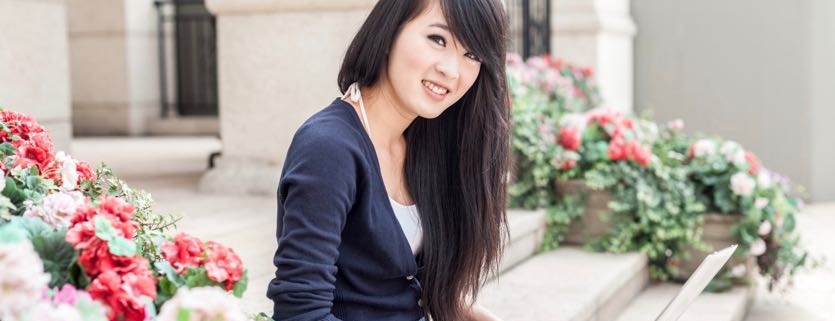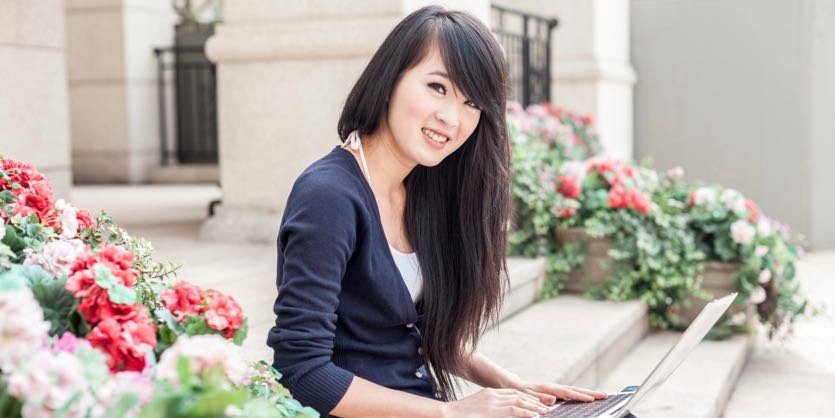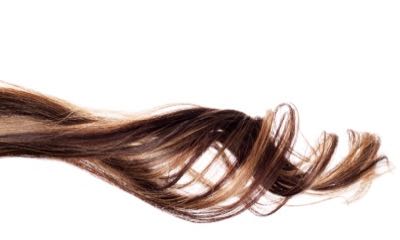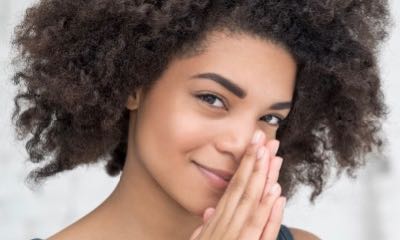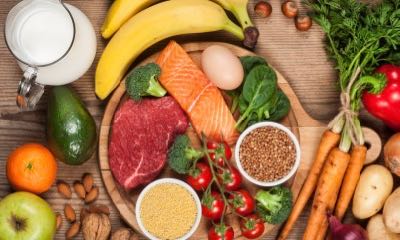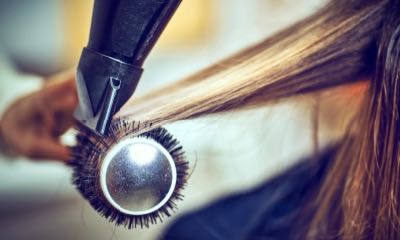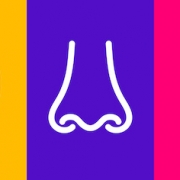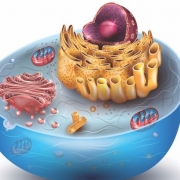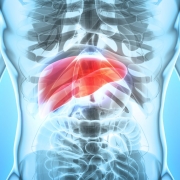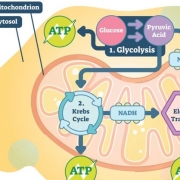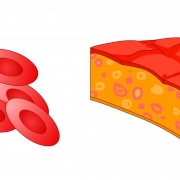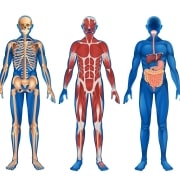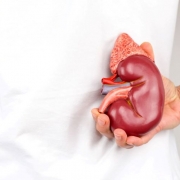Healthy Hair and How to Get It
How you wear your hair says a lot about your personality. If you want your style to set you apart, healthy hair care is the place to start. That’s because healthy hair looks good on everyone.
It doesn’t take a trip to the salon for expert hair advice. You can get the mane you want if you understand hair anatomy. Comb over this article and learn all about healthy hair, what hair is made of, and how to take care of it.
Your Hair Growth Starts Below the Skin
Hair is one of the defining characteristics of all mammals—yes, even whales have some. It grows all over the body, with few exceptions. The soles of your feet, palms of your hands, and your lips are the only places on your body without any hair.
The hairs on your head, arms, and legs all begin the same way. It’s part of the integument (the body system that includes skin, nails, and hair). Your hair starts growing in the deepest layer of skin, the dermis.
The portion of hair found in the dermis is called the hair follicle. The visible strand of hair that exits the epidermis (top layer of skin) is called the shaft.
Your hair grows from the follicle. These hollow tunnels of dermal tissue are supplied with blood and nutrients via blood vessels. At the base of the follicle is the bulb—the living portion of hair. The cells of the bulb grow and divide, eventually forming the hair shaft.
When cells at the base of the hair follicle die, they leave behind a tough protein called keratin. This process is called keratinization. As new cells develop in the bulb, this protein is pushed up through the follicle. Keratinized cells build up in layers and exit through the skin. This is the beginning of the hair shaft.
People often refer to hair as being dead. This is true of the strands of hair you can style and touch. The hair on your head is, in fact, the protein from dead cells that originated in the hair follicles. This is why it isn’t painful to cut your hair.
Three layers of keratin make up the hair shaft. The innermost layer is called the medulla. The cortex is the middle layer of the shaft. It’s the thickest layer, too. Outside the cortex is the cuticle. Thin scales of keratin overlap like shingles to form this outermost layer.
As strands of hair exit the follicle on their way through the epidermis, they pass over glands in the skin. These glands are called sebaceous glands, and they secrete sebum. This oil conditions and softens each strand of hair.
During puberty, overactive sebaceous glands can leave hair looking greasy. The glands slow down oil production with age, and hair can sometimes feel dry.
Lifecycle of Healthy Hair
Follicles grow hair at a pretty remarkable rate. Your hair can grow up to six inches (15 centimeters) each year. The only material in your body that grows faster than hair is bone marrow.
Hair grows in cycles. So every hair follicle isn’t active at the same time. The lifecycle of hair has three stages: a growth phase, transitional phase, and a resting phase. They are called anagen, catagen, and telogen, respectively.
The majority of the hairs on your head are in the growth phase, anagen. During anagen, the cells in the hair bulb are rapidly dividing. They push older hair up and out of the follicle.
Hairs in anagen grow about one centimeter every 28 days. They can stay in this active growth stage for up to six years. The length of the growth phase varies from person to person. People with naturally shorter hair have a shorter anagen phase. Long hair signals a longer period of growth.
Next is the transitional phase. Catagen is the part of the lifecycle when growth stops. This is the shortest phase—lasting two to three weeks.
Catagenic hairs are called club hairs. The bulb at the base of the hair follicle hardens and attaches to the root of the hair shaft. A hard, white tissue forms. You can see this club on a hair that has recently fallen out.
Hairs that find their way onto your brush, comb, or pillow are in the final stage of the lifecycle—telogen. During telogen, the follicle that was actively growing hair relaxes. Hairs are shed during this phase. This happens when club hairs are pushed out of the follicle by new hairs growing in their place.
Telogen lasts about 100 days. It’s normal to lose 25 to 100 telogen hairs throughout the day. You’ll notice them falling out when you run your fingers through your hair. Massaging your scalp while you shampoo can also loosen the telogen hairs.
Be careful with your hairs, regardless of which part of the lifecycle they’re in. Short, softer hairs are just starting anagen. Hairs that are more uniform in length are about to transition from catagen to telogen. Always be gentle when brushing and styling your hair. You don’t want to pull out any growing hairs.
Texture and Color: The Style You Were Born With
Lots of people use hair product and tools to make their hair look the way they want. But you were born with a natural hair style. It’s determined by the shape of your hair follicles and the pigment in your hair.
The shape of your hair follicle molds your hair and how it grows. It creates a unique look and texture. If you were to look at a cross section of your hair under a microscope, you would see the shape of your hair follicles.
A round-shaped follicle grows hair that is straight. Some elliptical or oval-shaped follicles grow straight hair, too. Wavy hair comes from elliptical follicles with a large diameter. Ribbon-like hair follicles create curly hair.
But what determines the shape of your hair follicles? Your ethnicity has a lot to do with it.
People of African descent have ribbon-shaped follicles that make hair curly. Those with Asian heritage have much rounder follicles that cause hair to grow straight. Caucasian people typically have more elliptical follicles that can grow straight or wavy hair.
As for the color of your hair, the pigment melanin is responsible. Melanin builds up in the cortex layer of the hair shaft. This is the same pigment found in skin cells (called melanocytes) that determine the color of your skin.
Lots of melanin in the cortex makes hair dark. The less melanin you have, the lighter your hair will be. Gray hairs appear as you age when melanin no longer forms in the cortex at all.
There isn’t just one way to describe all hair colors and textures. Hair grows on a spectrum, with different degrees of straight and curly, dark and light. You can see these variations when you look at the hair of your parents or siblings. No two heads of hair are identical. So, take pride in the unique look and style of your hair.
Your Hair, Skin, and Nails
It’s no surprise that your hair, skin, and nails are all part of the same body system (integumentary system). Since they’re made of the same material—keratin—they have a lot of similarities. Check them out:
- The keratin in hair is just like what’s in fingernails and toe nails. This protein is what makes hair and nails so tough and strong.
- Hair grows out of the skin. So do nails. Deep folds in the epidermis at the ends of fingers and toes push layers of keratinized skin cells to the surface. These are your fingernails and toe nails.
- Skin cells called keratinocytes also produce keratin, which helps the skin work as a protective barrier.
- Just like it doesn’t hurt to cut your hair, trimming your nails is painless. There are no nerve endings in your hair or nails.
- Your hair color and skin color are determined by the same pigment, called melanin.
How to Get Healthy Hair
A healthy lifestyle is the best way to help your hair look its best. From your grooming to your diet, there are lots of ways to make your hair happy. It starts with good hygiene practices that keep your hair clean.
- Wash Your Hair Often
Shampoo and condition your hair on a regular basis—every other day is a good schedule. Washing your hair with shampoo removes build-up of oils and dirt that make hair look dull. Conditioners help add a natural softness and shine to your hair.
- Comb Your Hair Gently
Follow washing your hair with a gentle brushing. This will get rid of any knots or tangles that may work their way into your hair. Start de-tangling your hair from the bottom and work your way to the top. This reduces pulling on the growing strands of hair.
- Cut It Regularly
A regular trim from a professional hair stylist keeps the ends of your hairs beautiful and soft. When the ends of your hair are damaged, they can begin to fray. This can cause breakage further up the shaft. A haircut clips off the ends of hairs that are beginning to split, which prevents damage from spreading.
- Eat for Healthy Hair
When it comes to diet, there are foods you can eat that will help your hair look and feel beautiful. Focus on getting these essential nutrients daily:
- Iron: You need iron in your diet to keep blood flowing to your hair follicles. Iron can be found in lean red meats, spinach, and iron-fortified grains and cereals.
- Vitamin C: This powerful antioxidant supports collagen production. Collagen is important in your skin, and it can help strengthen your hair, too. Look for vitamin C in peppers, citrus fruits, and berries.
- Vitamin A: If you want longer hair with natural shine, value vitamin A in your diet. Sweet potatoes, carrots, and spinach are full of vitamin A. This carotenoid helps sebum production, your body’s natural hair conditioner. Vitamin A has also been shown to support thicker, fuller hair growth.
- Omega-3 Fatty Acids: These healthy fats help keep hair shiny and full. Look for omega-3s in fatty fish, nuts, seeds, and avocados.
- Biotin: This B vitamin supports your body’s natural keratin production. And, severe deficiency has been linked to hair loss (along with other B vitamins, including riboflavin, folate, and vitamin B12). However, despite biotin’s popularity in supplements for hair growth, there’s no clinical research to show benefits for extremely high doses in healthy people. Beef, eggs, and salmon are sources of biotin.
Care for Your Hair
Good habits and proper diet are always in style—and they’re the first steps of healthy hair care. You can keep your hair looking great with good hygiene and regular haircuts. Apply a heat protectant before styling with a blow dryer or curling iron. And supplement your diet with nutrition that works to maintain your natural beauty by taking care of all your body’s needs.
Feel confident with a hair-healthy lifestyle that’ll give you great hair days for years to come.
About the Author
Sydney Sprouse is a freelance science writer based out of Forest Grove, Oregon. She holds a bachelor of science in human biology from Utah State University, where she worked as an undergraduate researcher and writing fellow. Sydney is a lifelong student of science and makes it her goal to translate current scientific research as effectively as possible. She writes with particular interest in human biology, health, and nutrition.
References
https://www.ncbi.nlm.nih.gov/books/NBK470321/
https://www.aad.org/public/kids/hair/how-hair-grows
https://en.wikipedia.org/wiki/Hair_follicle
https://www.sciencedaily.com/terms/hair.htm
https://www.webmd.com/skin-problems-and-treatments/picture-of-the-hair#1
https://www.webmd.com/skin-problems-and-treatments/hair-loss/science-hair#2
https://www.webmd.com/beauty/ss/slideshow-foods-healthy-hair


